Mathematics is a soft subject
Reflections on three years in a flipped classroom
Hans Georg Schaathun and Welie Annett Schaathun
NTNU, Noregs Teknisk-Naturvitskaplege Universitet
June 2016
12For whosoever hath, to him shall be given, and he shall have more abundance: but whosoever hath not, from him shall be taken away even that he hath.
13Therefore speak I to them in parables: because they seeing see not; and hearing they hear not, neither do they understand.
Matthew 13.12-13
Farewell, Lecture!
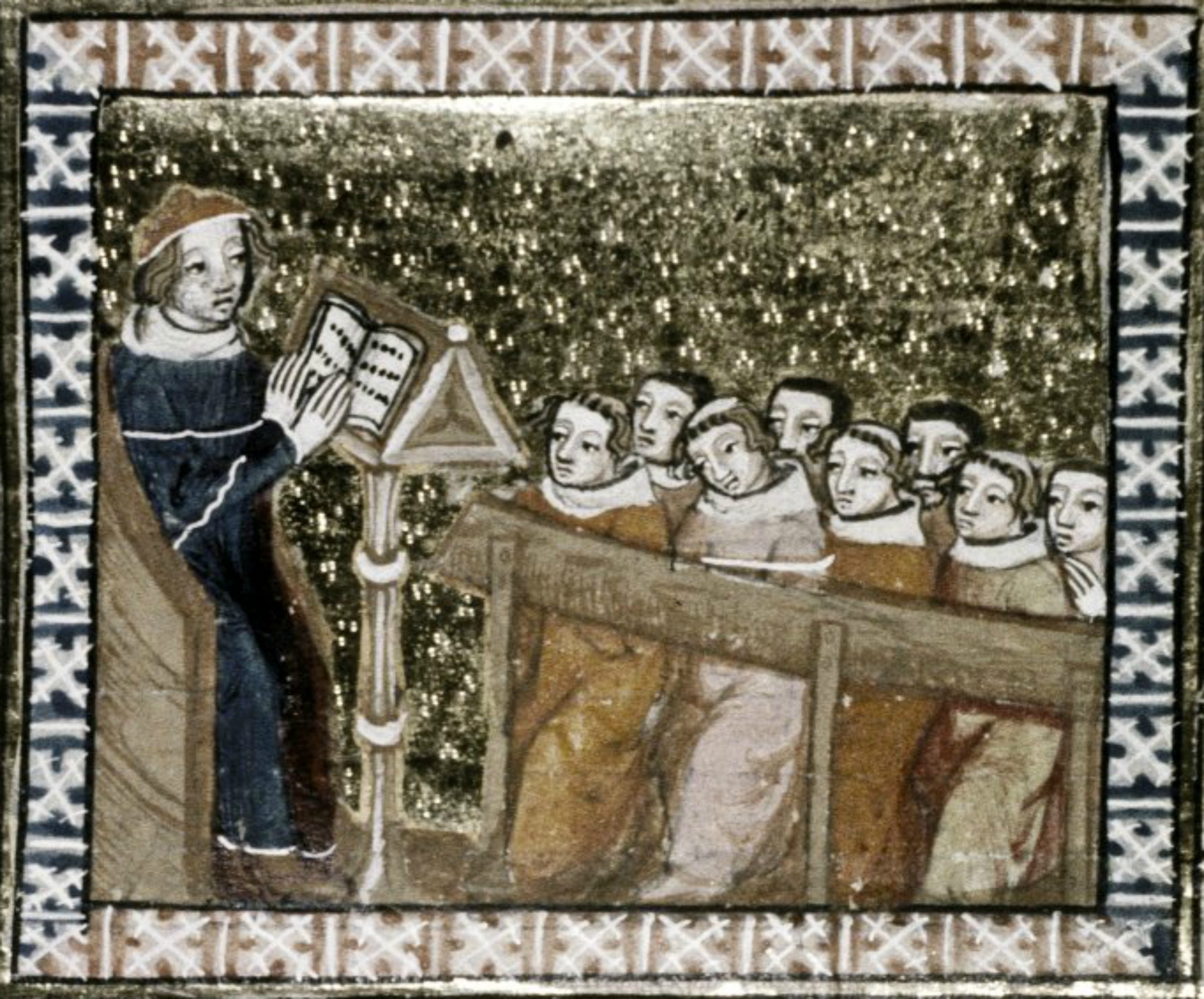
2013
New module: Discrete Mathematics
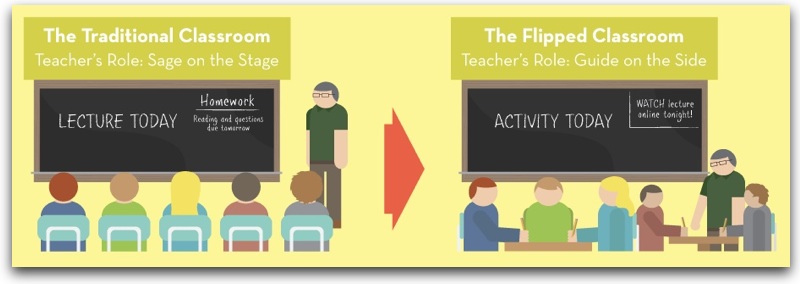
iAJC ajcann.wordpress.com [CC BY-SA 2.0]
2013 in hindsight
- Positive feedback.
- Old-fashioned.
- Lectures (on video)
- Individual exercises
- Most students lag behind.
- Simple problems are difficult for students.
- They don't ask for help.
Njål Foldnes

Лев Семёнович Вы́готский (1896--1934)
Lev Semyonovich Vygotsky
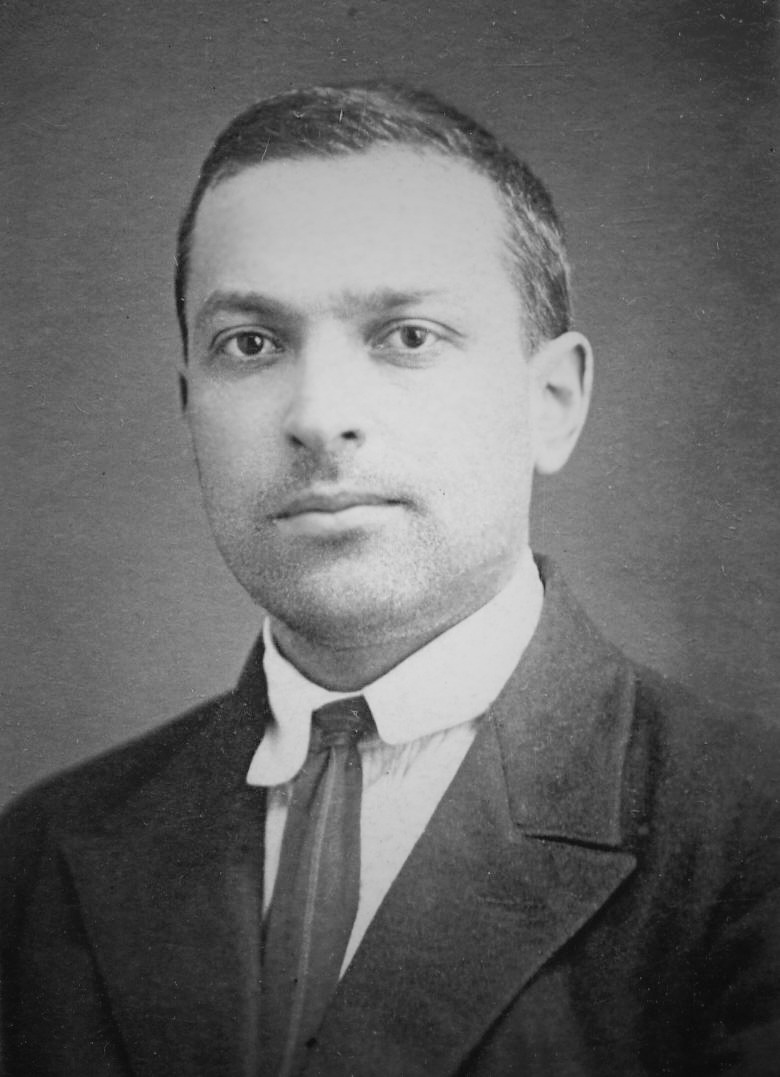
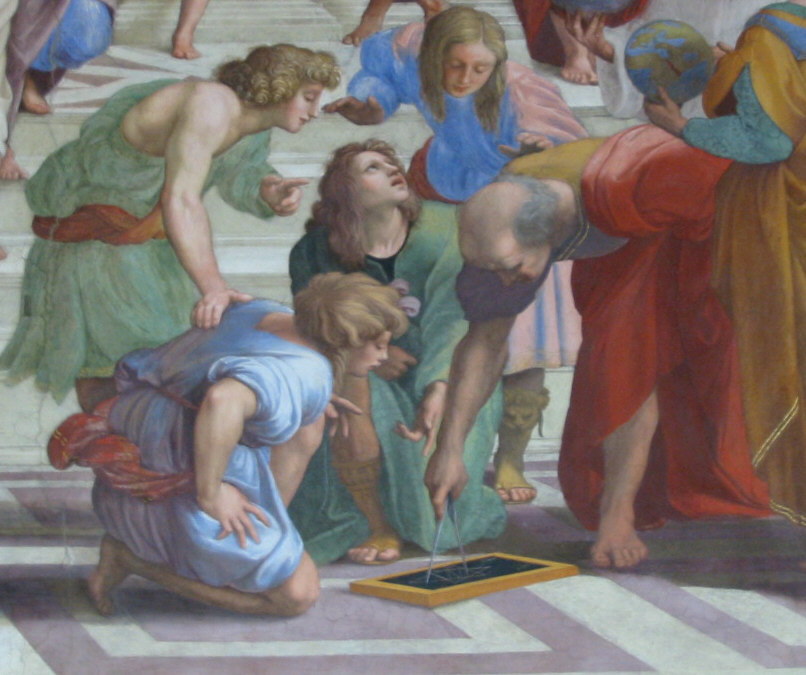
2015
- Online lectures and exercise compendium
- \(2\times2\)h teacher-led sessions
- \(1\times2\)h student-led tutorial (compulsory)
- Two optional textbooks
- Written exam
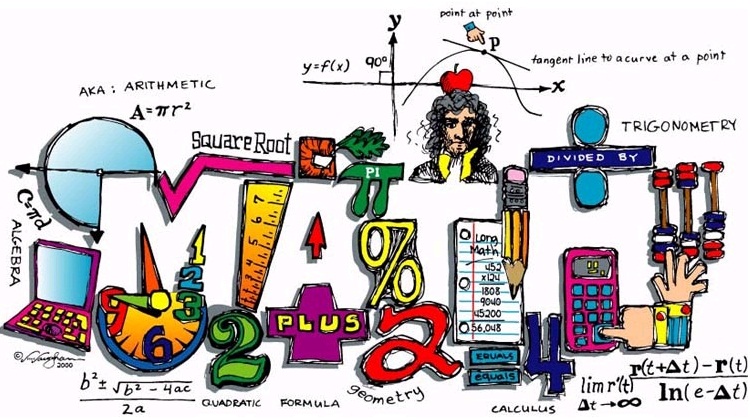
Contribution to https://giti-math-class.wikispaces.com/, licensed under a Creative Commons Attribution Share-Alike 3.0 License.
Jean Piaget (1896--1980)

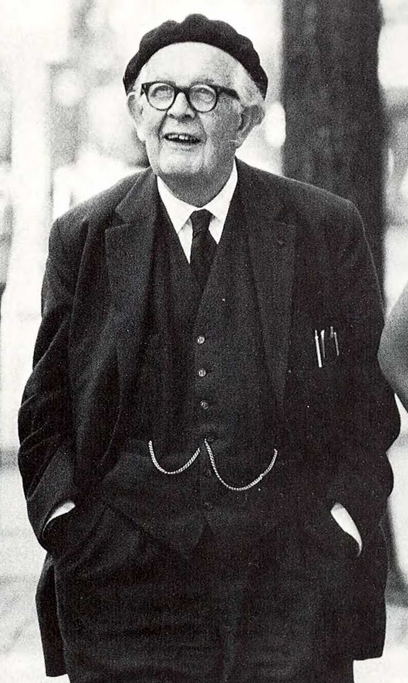
| How do you think flipped classroom works? | ||||||
| Very well | Well | Neither | Badly | Very badly | ||
| How much do you learn from flipped classroom compared to traditional methods? | More | 1 | 7 | 1 | -- | -- |
| Same | -- | 5 | 2 | -- | -- | |
| Less | -- | 1 | 2 | 3 | 3 | |
| Don't know | -- | 1 | -- | -- | -- | |
How do you rate the amount of each activity in the classroom?
| Too much | Appropriate | Too Little | |
| Presentation of theory | -- | 15 (2) | 10 (3) |
| Plenary discussions | 5 (3) | 21 (3) | -- |
| Group discussions | 6 (3) | 17 (1) | 3 (2) |
| Individual exercises | 2 (1) | 14 (2) | 9 (2) |
| Student presentations | 11 (4) | 13 (1) | -- |
How much do you learn from each activity?
| Very much (3) | Much (2) | Something (1) | Nothing (0) | Score | |
| Solutions by teacher | 8 (3) | 9 (2) | 8 (1) | --- | 2.00 |
| Individual exercises | 4 (1) | 10 (1) | 11 (4) | --- | 1.72 |
| Theory on blackboard | 3 (0) | 12 (3) | 9 (3) | 1 (0) | 1.68 |
| Solutions on video | 3 (1) | 12 (2) | 8 (2) | 2 (1) | 1.64 |
| Group discussions | 2 (0) | 12 (2) | 11 (4) | --- | 1.64 |
| Theory on video | 3 (0) | 8 (1) | 12 (4) | 2 (1) | 1.48 |
| Plenary discussions | 1 (0) | 8 (1) | 15 (4) | 1 (1) | 1.36 |
| Solutions by students | 1 (0) | 4 (1) | 16 (3) | 4 (2) | 1.08 |
| Own presentation | --- | 6 (1) | 14 (1) | 5 (4) | 1.04 |
| Read textbook | 1 (1) | 2 (0) | 13 (1) | 5 (2) | 0.72 |
$$\hat\mu=1.46 \quad \hat\sigma=0.15$$
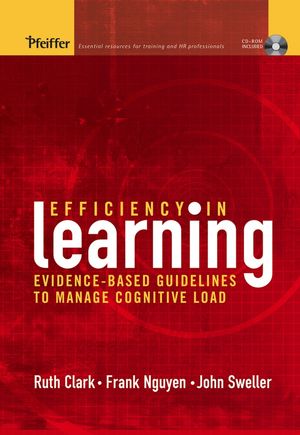

The Magic Number \(7\pm2\) - George Armitage Miller (1956)
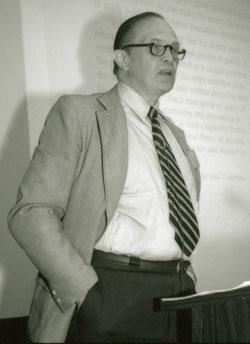
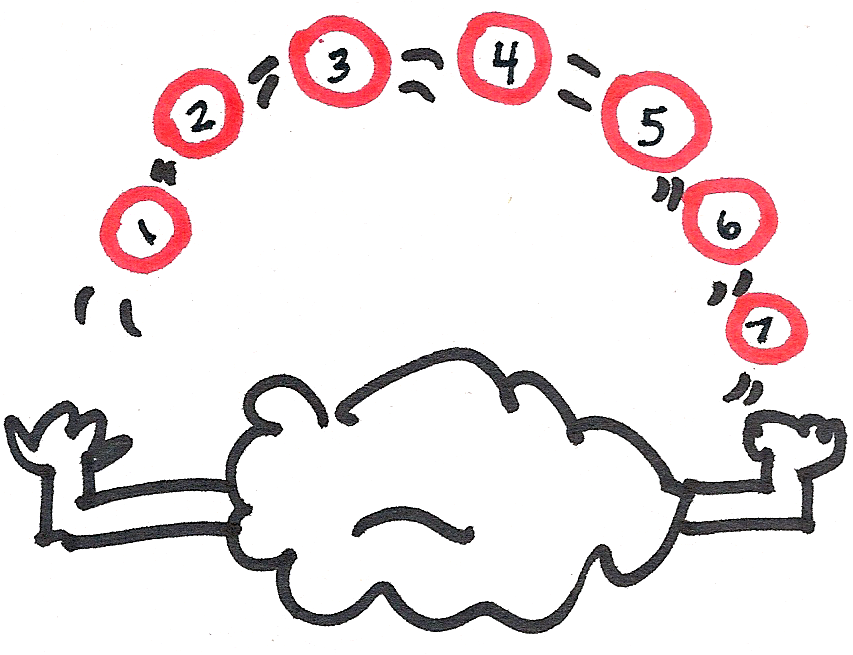
Klinger -- Blatny, 1988
Same pieces - new position
- 20-30 seconds
- Discussion
- Feedback loop
- Address student schemata
- Fill gaps in student scha